Honor Award
Urban Play Garden
San Francisco USA
Blasen Landscape Architecture, San Anselmo, CA USA
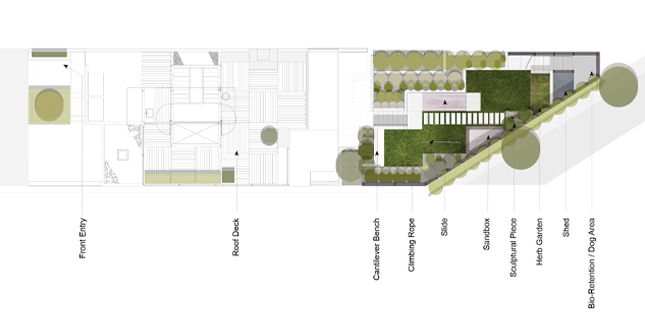
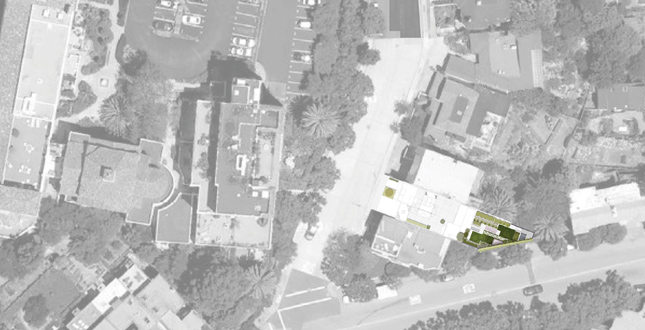 Close Me!
Close Me!Buena Vista Park neighborhood with Urban Play Garden overlay.
Download Hi-Res ImagePhoto: Marion Brenner Photography
Photo 2 of 11
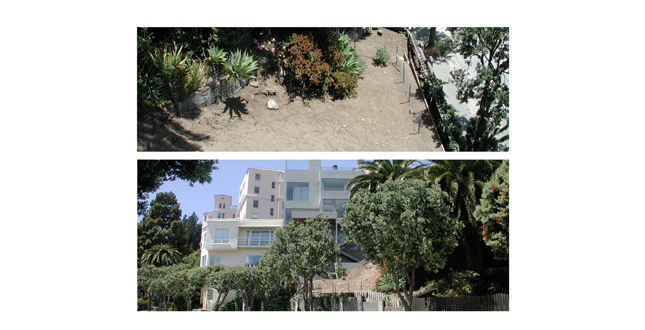 Close Me!
Close Me!View of property before design.
Download Hi-Res ImagePhoto: Marion Brenner Photography
Photo 3 of 11
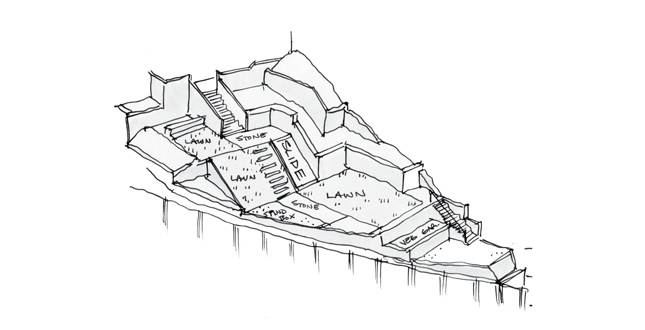 Close Me!
Close Me!Initial process sketch showing elevations.
Download Hi-Res ImagePhoto: Marion Brenner Photography
Photo 4 of 11
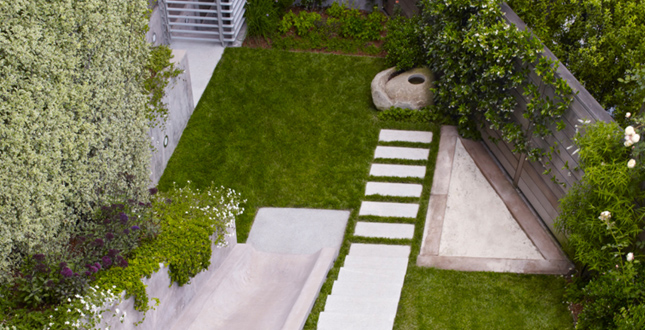 Close Me!
Close Me!View of Urban Play Garden from second floor.
Download Hi-Res ImagePhoto: Marion Brenner Photography
Photo 5 of 11
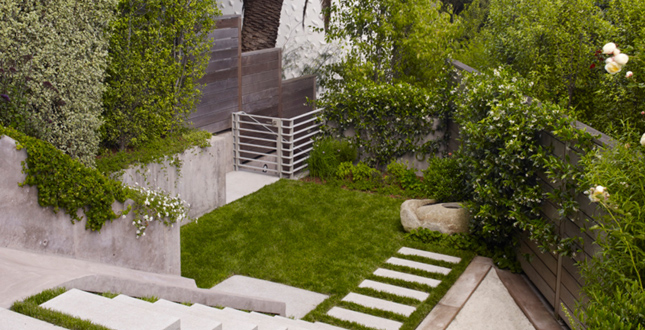 Close Me!
Close Me!View of lower terrace with rope extending to sandbox and stairs stretching to sculpture.
Download Hi-Res ImagePhoto: Marion Brenner Photography
Photo 6 of 11
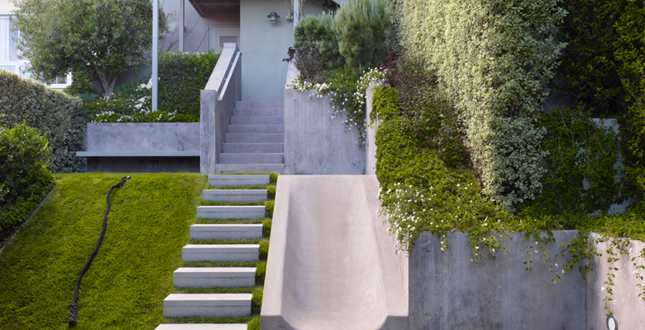 Close Me!
Close Me!Progression from upper to lower terrace by stairs, rope or slide.
Download Hi-Res ImagePhoto: Marion Brenner Photography
Photo 7 of 11
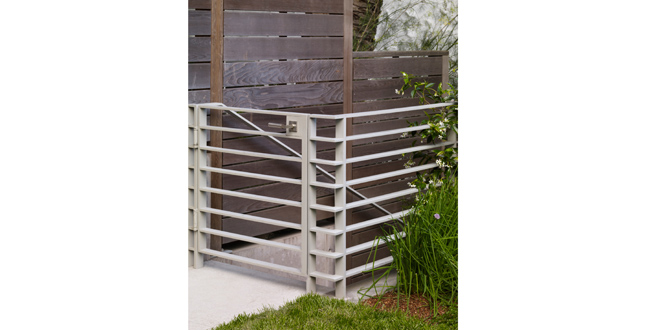 Close Me!
Close Me!Horizontal inspired gate affront seamless fence.
Download Hi-Res ImagePhoto: Marion Brenner Photography
Photo 8 of 11
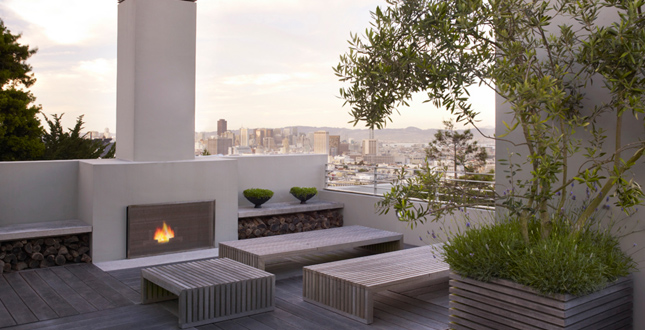 Close Me!
Close Me!Vegetation as focal point on roof deck.
Download Hi-Res ImagePhoto: Marion Brenner Photography
Photo 9 of 11
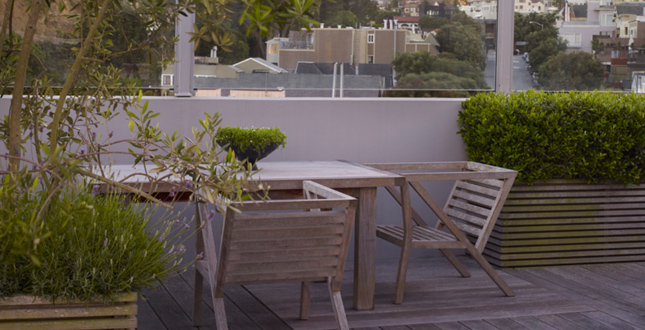 Close Me!
Close Me!Vegetation as defining living space and also connection to neighborhood matrix.
Download Hi-Res ImagePhoto: Marion Brenner Photography
Photo 10 of 11
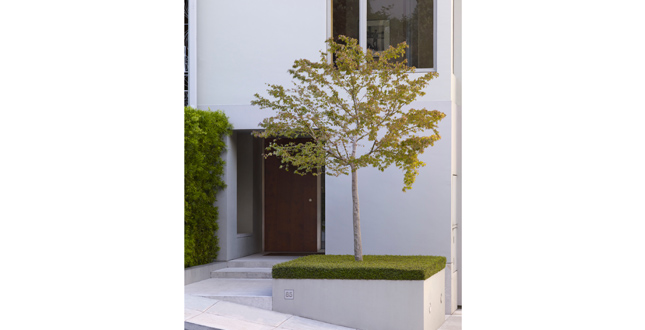 Close Me!
Close Me!View of front entry with vegetation emphasizing minimalist architecture.
Download Hi-Res ImagePhoto: Marion Brenner Photography
Photo 11 of 11
Project Statement
Terraces and folding planes create a graphic urban garden when viewed from above, but at the garden level the focus is on adventurous play, to draw the young children outdoors. On steep, previously unused, land, they play chase, roll, slide, climb a rope, dig, plant, and invent games. The sustainability-conscious garden connects to the minimalist modern architecture while promoting the children's social and mental well-being through a web of relationship with the land.
Project Narrative
—2010 Professional Awards Jury
The clients' three-story minimalist modern house in the Buena Vista Park neighborhood of San Francisco has extensive views of the city from the roof deck but little land. When we started the project, in 2004, the rear space was a very small-feeling, steeply sloped, irregularly angled, wedge-shaped patch of weeds, 25fee at the widest point by 44feet long. Because it borders a city-owned, street-side retaining wall, any terracing would require its own pier supports on the south side, and tall screening would be required on the north side, where the space was overlooked by neighboring houses. Despite the obstacles to developing this space, the clients were determined to explore the chances to make an outdoor play space for their very young twin girls, so they wouldn't have to always drive to a playground or otherwise have the children play indoors. The clients also wanted the play space to be interesting to view from above.
Our design strategy was inspired by the work of Tadao Ando, his beautifully clean, smooth, concrete walls and efficient use of space. We designed snap-tie concrete walls, colored to match the smooth stucco of the house, to retain the terraces and planting beds, visually extending the architecture into the garden. Italian granite, the flooring indoors, is continued outdoors in the steps that float down the slope, and in the seat of a bench that cantilevers from a concrete wall.
We organized the space into four zones: a flat upper terrace, a steep slope, a flat lower terrace, and below it, down a few steps, a service area with a shed. Before we began the terracing, we built a new wall, 18 inches in from the city wall, along the entire 44 foot length of the southern edge of the garden to meet city building requirements. The granite steps across the terraces and descending the slope form a strong axis when viewed from above.
Three of the zones are designed for the children's play. The topography allows the children and their friends to climb up a grass hill (using a rope) and race, roll, or slide down (on the concrete slide), the kind of thrilling adventurous play—the clients call the garden "a safe place for the children to feel bold"—considered essential for children's connection to landscape. Also important, according to research are the garden's separation from the adult areas of the house, which gives the children a sense of their own place, and the availability of natural materials—sand, water (from the sculptural stone water bowl), twigs, leaves, and flowers—to build with and support imaginative play. The bench that allows adults to enjoy or supervise the children's play is at the top of the garden, next to the house, at the greatest distance from their world. The flat areas are used for ball games and to pitch a tent. The children participate in the landscape, digging and planting, and choosing herbs, bulbs, and flowers to grow for tea parties and bouquets.
The play garden is made private by towering step-up double scrims of Pittosporum, two varieties (one variegated, one green), one behind the other. Above them wave the 'borrowed" fronds of a neighbor's date palm. Beneath them, other plantings spill over the retaining walls, in a carefully chosen, restricted palette of purple, white and yellow. The plantings are drought tolerant and irrigated, only as necessary, by drip irrigation.
The clients' main consideration was to have a space where their children could play freely outdoors, which we view as an important human right and an aspect of social sustainability. We were conscious also of environmental sustainability: the rubber paving at the base of the slide and the metal gate and railings at the entrance to the service area were all made of recycled material. The grading design balanced cut and fill. We collected the water from the entire play garden and directed it to a bioretention drain in the dog area.
The clients asked us also to design the plantings at the house entrance and on the roof deck. At the entrance, under an existing maple tree, we created a minimalist green pad of mattress vine (Muehlenbeckia complexa). The sunny roof deck, with panoramic views of San Francisco, has container plantings of roses and dwarf olives.
From the roof deck, and the decks off the bedrooms and living room, the play garden far below reads as a pleasingly simple graphic that integrates with the architecture. At night, its lines are lit with soft channel lighting.
Project Resources
Landscape Architect
Blasen Landscape Architecture
Eric Blasen, ASLA, Principal
Silvina Blasen, Gary Rasmussen
Architect
Tim Gemmill, Gemmill Design
Contractor
Frank & Grossman
Interior Design
Mark Cunningham
General Contractor
Creative Spaces






